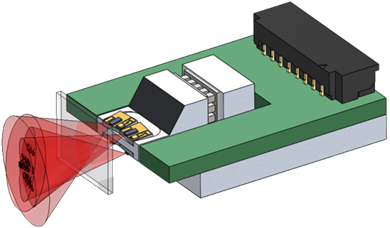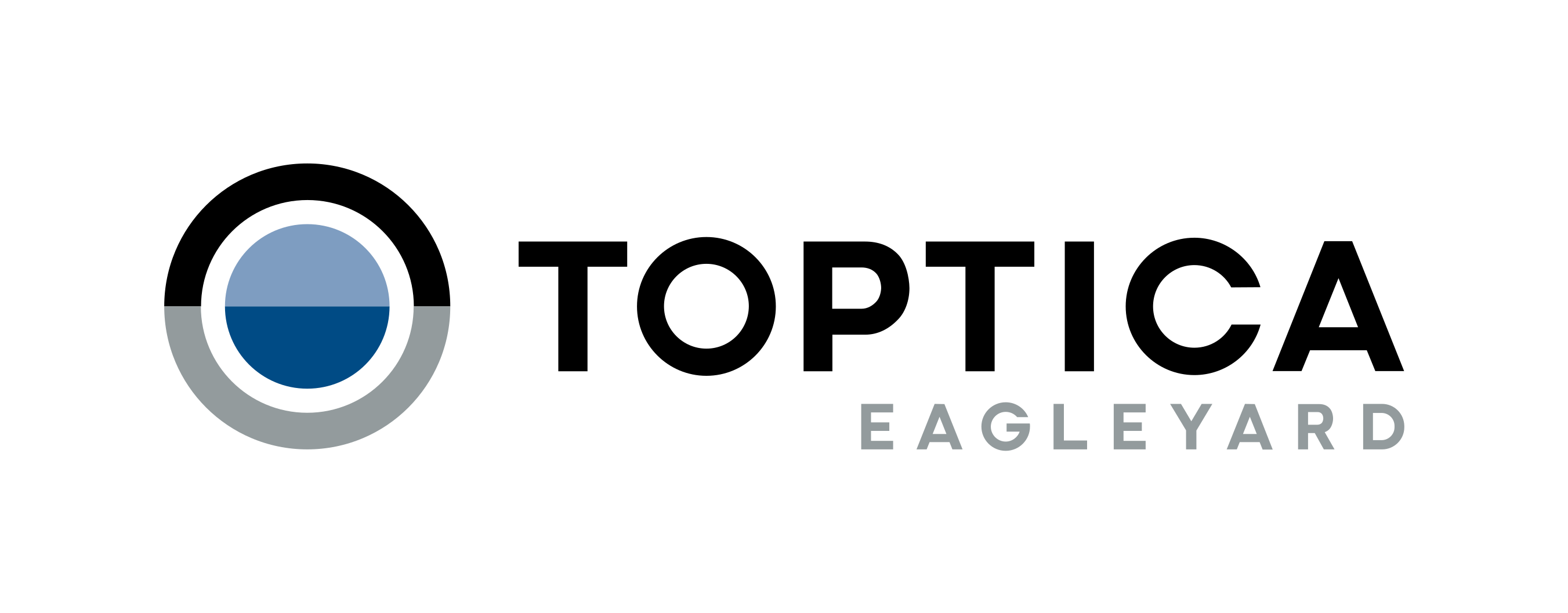Visible light sources

Modern fluorescence microscopy and flow cytometry, which also allow three-dimensional high-resolution images of microscopic samples, are inconceivable without lasers. These techniques are now used extensively in research in biological and medical investigation.
Application of the multi-lambda source for blood analysis
The Problem:
Blood tests are time-consuming and costly, since in many cases the blood sample is taken in a doctor’s office and the diagnosis must be performed in a laboratory.
The Solution:
Infrared spectroscopy with multiple emitters of different wavelengths enables rapid blood analysis in a non-invasive procedure.
Other applications: Fluorescence microscopy
Markets: Medical technology. Diagnostics for physicians (initial) and patients (future).
Application of the Absolute Referenced Laser Source
The Problem:
For self-calibration of spectroscopic and interferometric measurement methods, the stable reference wavelength of a laser is often required. Until now, HeNe lasers, for example, have been used for this purpose. In contrast, semiconductor lasers have the advantage that they are both smaller and more robust and also require less maintenance. However, they exhibit an undesirable drift of the emission wavelength in the course of their operating time.
The Solution:
By using a stable and spectrally narrowband element (e.g. iodine cell, cesium cell), the laser wavelength can be stably controlled. Conventional setup techniques are already used for this purpose, but they are sensitive, large and expensive. A setup using the PolyChrome technique allows the integration of such elements in a compact module.
Markets: spectroscopy (analytics) and interferometry (metrology)
Our Partner

Toptica Eagleyard
Stephan Manshardt
